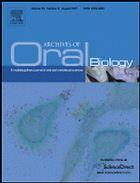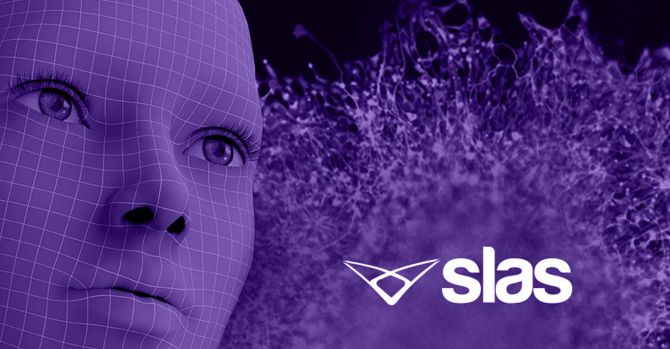
“Clostridium difficile toxin A is responsible for colonic damage observed in infected patients.
Drugs able to restore Clostridium difficile toxin A-induced toxicity have the potential to improve the recovery of infected patients. Cannabidiol is a non-psychotropic component of Cannabis sativa, which has been demonstrated to protect enterocytes against chemical and/or inflammatory damage and to restore intestinal mucosa integrity.
The purpose of this study was to evaluate (a) the anti-apoptotic effect and (b) the mechanisms by which cannabidiol protects mucosal integrity in Caco-2 cells exposed to Clostridium difficile toxin A.
RESULTS:
Clostridium difficile toxin A significantly decreased Caco-2 cells’ viability and reduced transepithelial electrical resistence values and RhoA guanosine triphosphate (GTP), bax, zonula occludens-1 and occludin protein expression, respectively. All these effects were significantly and concentration-dependently inhibited by cannabidiol, whose effects were completely abolished in the presence of the cannabinoid receptor type 1 (CB1) antagonist, AM251.
CONCLUSIONS:
Cannabidiol improved Clostridium difficile toxin A-induced damage in Caco-2 cells, by inhibiting the apoptotic process and restoring the intestinal barrier integrity, through the involvement of the CB1 receptor.”
https://www.ncbi.nlm.nih.gov/pubmed/29238589
“In the last decade, cannabinoids extracted from the marijuana plant (Cannabis sativa) and synthetic cannabinoids have shown numerous beneficial effects on gastrointestinal (GI) functions. Non-psychotropic phytocannabinoid cannabidiol (CBD) is one of the most interesting compounds, since it exerts a wide range of beneficial pharmacological actions on GI functions, ranging from antioxidant to antinflammatory activities. CBD has been shown to act as a non-competitive negative allosteric modulator of CB1 receptors. Notably, CBD is able to restore in vitro intestinal permeability increased by ethylenediaminetetraacetic acid (EDTA) or pro-inflammatory stimuli.
Conclusion
Clostridium difficile infection is the leading cause of hospital-acquired diarrhoea and pseudomembranous colitis. Clostridium difficile-Toxin A significantly affects enterocytes permeability leading to apoptosis and colonic mucosal damage.
In the present study, we showed that Cannabidiol, a non-psychotropic component of Cannabis sativa significantly inhibit the apoptosis rate in TcdA-exposed cells and restores barrier function by a significant RhoA GTP rescue.
We also provide evidence that the effects of Cannabidiol are mediated by CB-1 receptor.
Given the absence of any significant toxic effect in humans, cannabidiol may ideally represent an effective adjuvant treatment for Clostridium difficile-associated colitis.” http://journals.sagepub.com/doi/10.1177/2050640617698622










